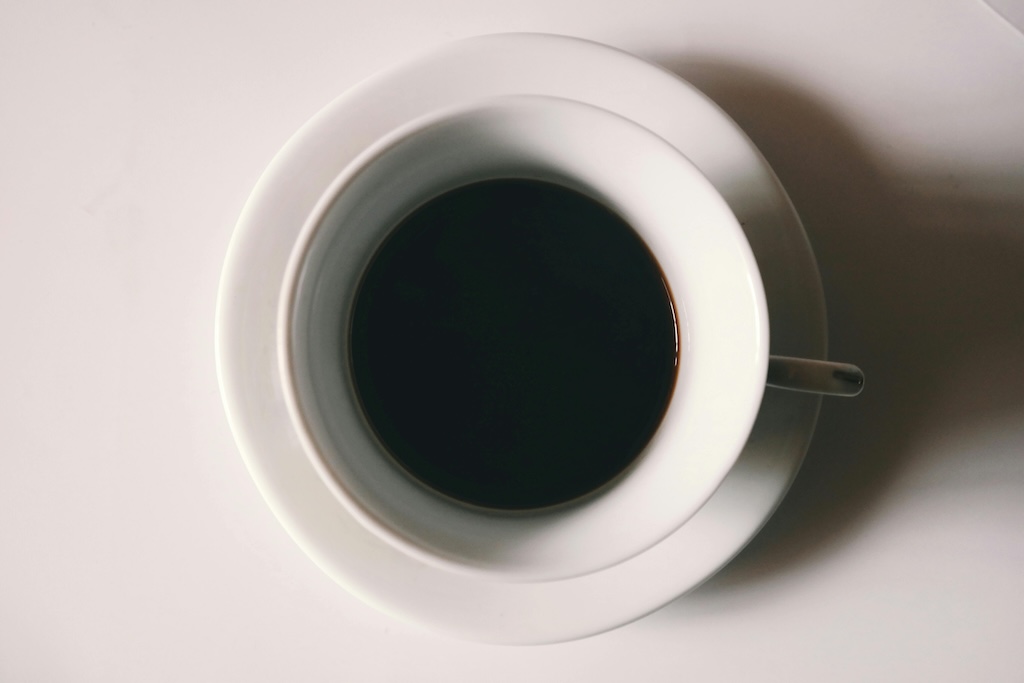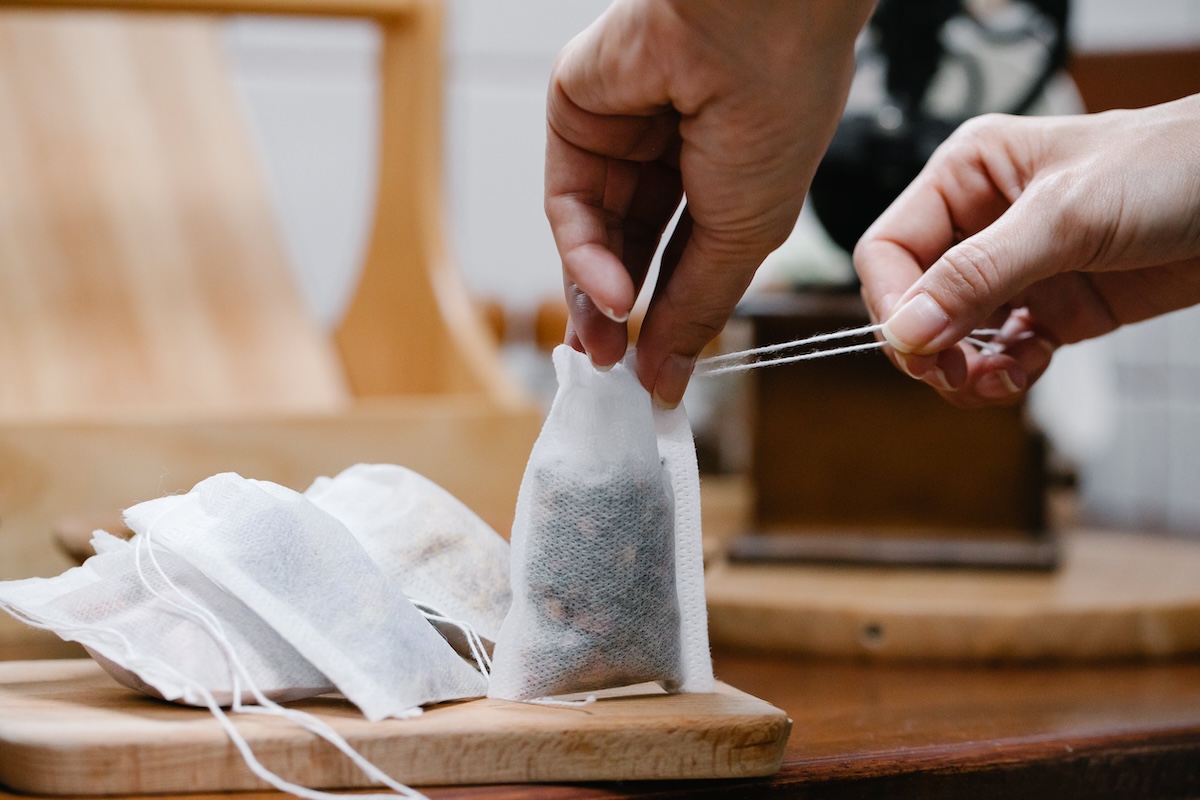
Although there are over 1,500 different varieties of tea around the world, few tea drinkers are familiar with even a small fraction of these. Most teas can be categorized into six varieties, such as black tea, green tea, etc. The most popular type of tea is black tea, which makes up about 75% of tea consumption across the world. One delicious and well-known variety of flavored black tea is Earl Grey tea. But what exactly is Earl Grey tea and what makes it so special? In this guide, we’ll break down everything you want to know (and more) about this classic tea variety.
What is Earl Grey tea?

Earl Grey tea is a variety of flavored black tea, flavored from the oil from the rind of a bergamot orange. A bergamot orange is a large, citrus fruit that is yellow (almost appearing more like a lemon than an orange). This variety of orange is far too bitter to be enjoyed as a raw fruit like an orange, however, it makes the perfect notes to add to black tea. While this fruit is not often enjoyed on its own, it is used to create the Earl Grey tea you know and love. For this reason, you may hear Earl Grey referred to as “Bergamont Tea” from time to time. Other hints of citrus fruits, such as grapefruit, may also be added to Earl Grey tea.
Where did Earl Grey tea originate?

When you think of Earl Grey tea, you’re likely to instantly think of British tea time. Earl Grey tea is one of the most commonly enjoyed teas in the UK, yet it did not originate in the UK. In the early 1800s, British Prime Minister Charles Grey coined the name “Earl Grey tea” as the tea gained popularity throughout the country. Though the British are responsible for making Earl Grey tea as popular as it is today, the tea is thought to originate from the Chinese. Chinese tea masters experimented with new ways to add flavor to their tea, including using the bergamot orange. History writes that a Chinese mandarin tea master first blended Earl Grey Tea, gifting it to Charles Grey — who then made it popular.
How Earl Grey tea is made

All Earl Grey tea begins with a base of black tea leaves. Once black tea leaves are dried and oxidized, the leaves are then flavored with a touch of bergamot oil extract, which gives Earl Grey tea its unique flavor. Depending on how you brew your tea or which brand you use, some varieties of Earl Grey tea may be stronger than others.
Variables that can change include the type of black tea used, the type of bergamot used, and the amount of bergamot used. Sometimes, the tea may be flavored by spraying or coating the finishing tea with extracts or flavoring agents, which creates a much stronger flavored Earl Grey tea. You may need to try a few brands of Earl Grey tea to find your favorite! In addition, it is worth noting that some brands of Earl Grey made use an artificial bergamot flavor instead of the fruit itself.
In addition, the caffeine content will vary based on strength, usually ranging from 40 mg to 120 mg of caffeine per cup. Earl Grey tea is also available in decaf varieties for those who cannot tolerate caffeine. Brands commonly seen in grocery stores, such as Twinnings or Bigelow, offer decaf Earl Grey tea bag varieties. Not only does Earl Grey tea taste great, but it also contains amino acids and antioxidants that offer many health benefits. Plus, the smell of freshly brewed Earl Grey tea is delicious!
Earl Grey tea is shelf-stable and should last quite a while in your pantry. However, you’ll want to make sure you store it in a cool, dark place and in an airtight container to help keep it as fresh as possible. Most Earl Grey tea bags will last between six months to a year before they begin to lose potency.
How to enjoy Earl Grey tea

Earl Grey tea is naturally delicious and has floral and citrus notes when enjoyed on its own. However, there are many other ways you can jazz up a cup of Earl Grey tea to your tastebud’s preference. Traditionally, Earl Grey tea is served with a dash of lemon and some sugar for a hint of sweetness. However, you can also add zero-calorie sugar substitutes to add sweetness without adding sugar to your diet. Many people also enjoy their Earl Grey tea with a touch of creaminess from milk or creamer. How you choose to enjoy your cup of Earl Grey tea is up to your taste preferences.



